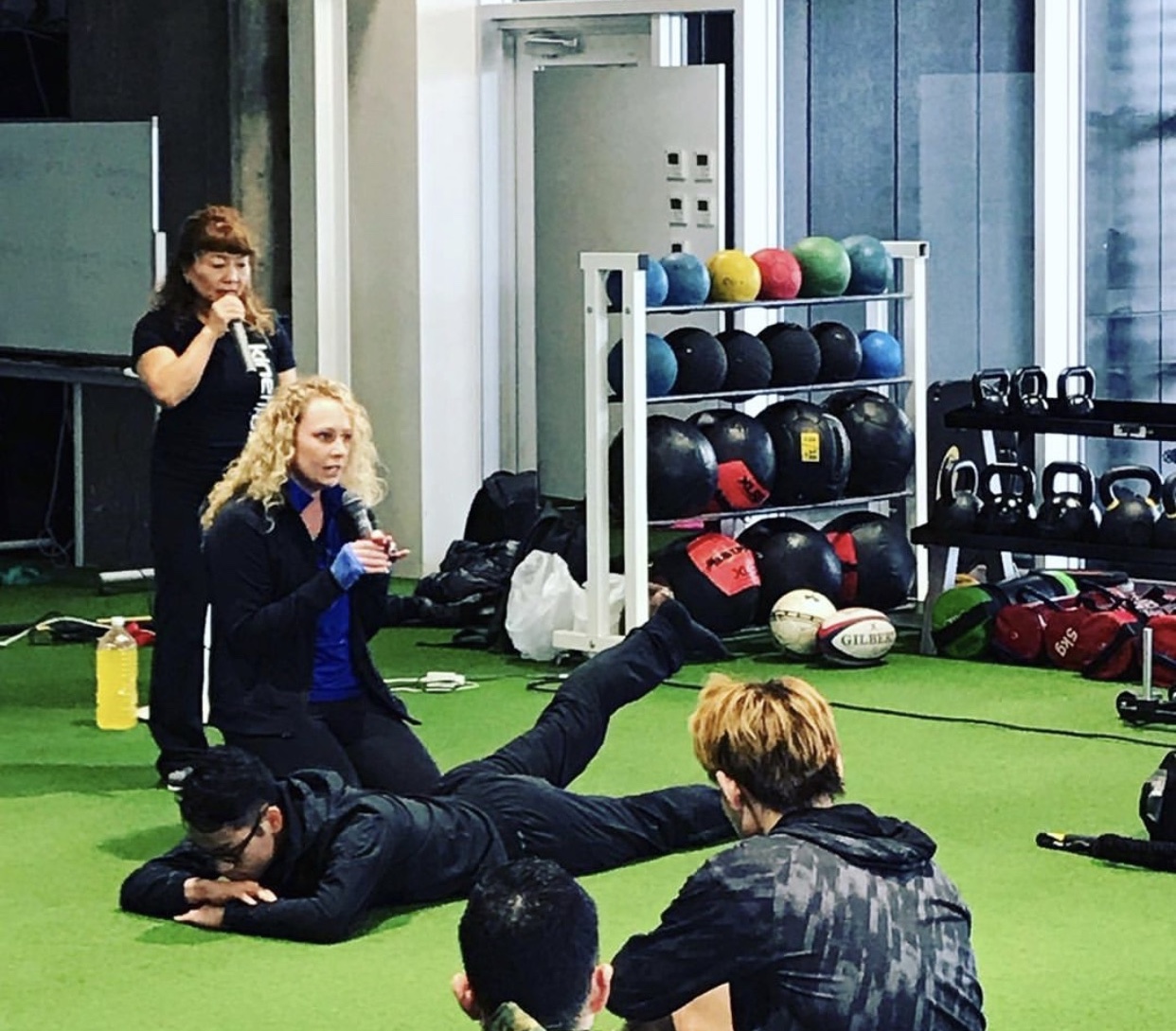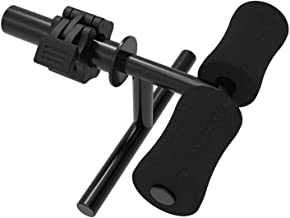Is THIS Muscle Important For Healthy Knees?
2022-03-29
Jessica Bento, Physical Therapist (Creator DVRT Restoration Certification, DVRT Rx Shoulder, Knees, Pelvic Control, & Gait Courses)

Do you ever feel as tired about reading how our body is not a bunch of isolated parts as I do writing about it? I love to help people and share ideas that they may not be familiar with, but it feels a bit defeating to see fitness going backwards, not forward. So, hopefully you aren’t tired of me writing about this all the time but I can’t help it, because largely, I see people going back to body building type of exercises.
It’s 2022 why can’t we train the body the way it is designed to move? We have the science, we have the tools, and we have the knowhow but for some reason people just want to revert back to breaking the body up in to individual parts and isolating muscles when training.
I am sure you are asking what are you talking about now? Well, we have talked about the glutes, the VMO, and now lets take about the tibialis anterior. Apparently strengthening that muscle in an isolated way is back! So much that there are specific pieces of equipment being sold just to train that ONE muscle.

To review, no muscle works alone. If I asked you to pick up a pencil from the floor using only one muscle could you do it ? Nope! I don’t know anytime in our daily lives where we use only one muscle to perform an action.
So why do we keep trying to train them that way?
Before I get off on too big of a tangent lets go back and talk about what the tibialis anterior. The tibialis anterior is a muscle in the lower lateral leg. It is the strongest dorsi flexor of the foot, meaning it helps lift your toes to your nose, does a bit more but you get the idea. If this muscle becomes weak you ability to walk well is diminished. So its important like most muscle in your body.

So for some reason people have become infatuated with working this muscle in a rather isolated way. Their reasoning being improved knee, foot, and ankle health. While this muscle does aid in these things, it doesn’t work alone, never has, never will.
While in therapy world isolated work has its place especially post surgically, post injury, non weight bearing patients and so forth. In the fitness world, not so much. If I have a healthy individual with no apparent deficits there is a lot more benefit in working the entire chain than trying to isolate it. The better the chain works the more efficient movement we produce.
I tend to think the reason most people feel that isolated muscle is better, is that a lot of studies show higher EMG activity of a muscle when it is isolated or a max contraction is produced. Which make sense but when does that ever occur in our daily lives? When are were maximally producing a muscle contraction? Higher EMG doesn’t necessarily mean better. It simply means you produced a high muscle contraction. Like I have mentioned before the quote form Gary Gray, PT, “ is the muscle singing or screaming?” We want our muscles singing and working together to perform a beautiful song, not screaming a solo.
So instead of doing your tibialis anterior work, then your calf raises, then your glute thrusts, and so on… let’s look at the entire kinetic chain and how to improve strength there. If you want more resilient knees, stronger legs, and better performance, we have to look at training the body smarter and get away from any idea that our body is a group of randomly put together parts. Our foot controls our lower leg so these types of DVRT drills are the most effective ways to build a better overall lower body!
This week if you invest in our Strength or Burly size Ultimate Sandbags, you can get our great Core Ultimate Sandbag for FREE! Just use code “bogo” HERE
Here I address this very topic below:
View this post on Instagram
Below really looking at the entire chain and getting the foot active to we get that engagement from the ground up:
View this post on Instagram
And here we we look at more single leg work to really focus on that side:
View this post on Instagram
© 2025 Ultimate Sandbag Training. Site by Jennifer Web Design.







